Physical Address
304 North Cardinal St.
Dorchester Center, MA 02124
Physical Address
304 North Cardinal St.
Dorchester Center, MA 02124
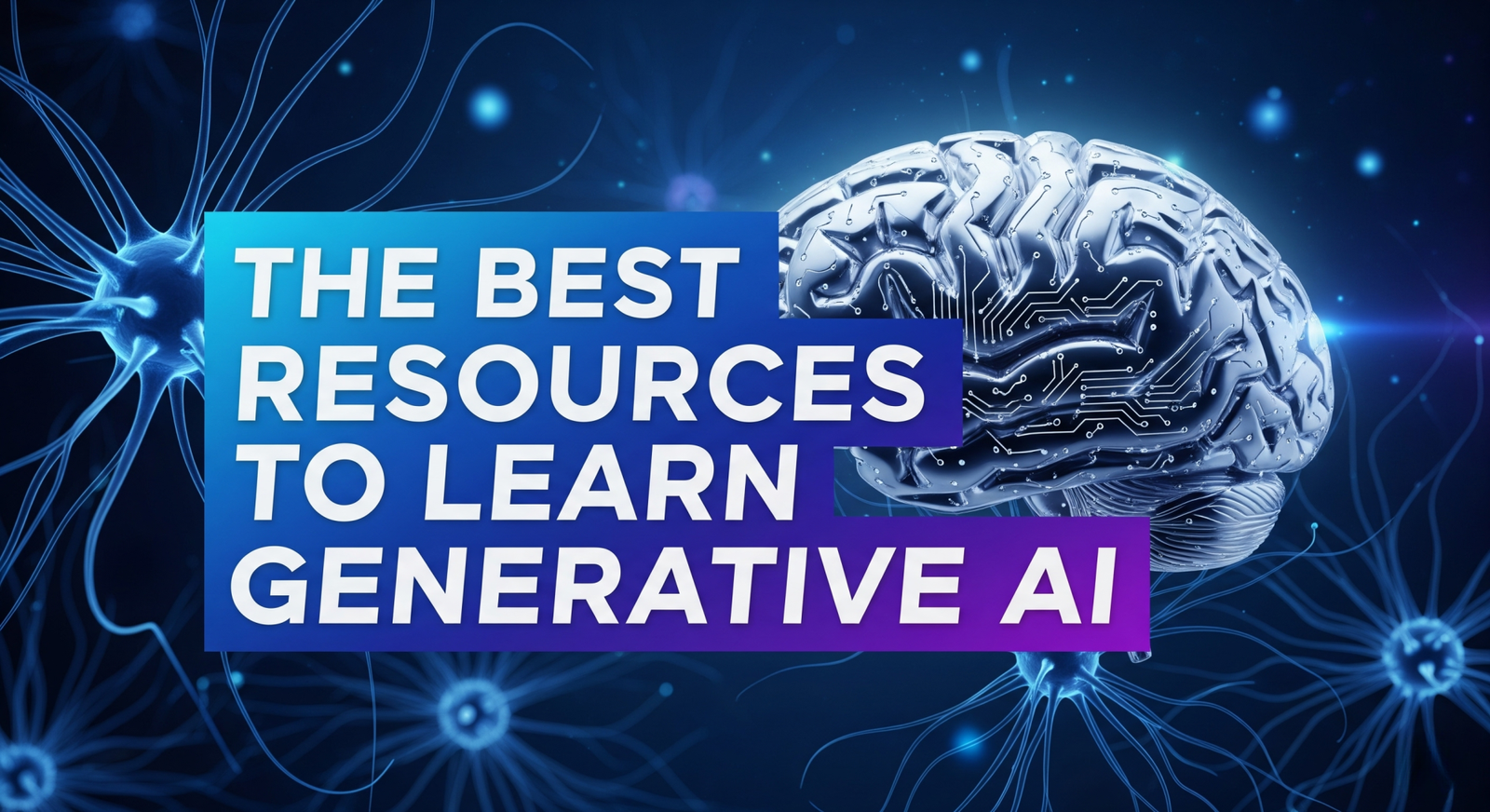
As of 2025, Generative AI is no longer a niche tool for crafting clever text prompts or viral images. It’s the new stack. It’s a foundational technology that is actively rewriting how we build software and innovate across every industry. The most advanced models have graduated from being mere code assistants to becoming collaborative partners capable of architecting entire systems.
This shift has created a massive demand for a new kind of developer: the AI architect. These are the builders who can not only use these powerful systems but also customize, fine-tune, and deploy them to solve real-world problems.
The challenge? The field moves at a dizzying speed. New models, papers, and platforms drop weekly, making it hard to find a clear learning path. How do you invest your time and energy without chasing skills that will be obsolete in six months?
That’s what this guide is for. Here at mentorhelp.online, we’re focused on cutting through the noise. We’ve curated the seven most impactful resources that will give you a practical, future-proof skillset. This is your roadmap to evolving from a passive user into an active architect of our intelligent future.
To build with a technology, you need to understand its core moving parts. In 2025, Generative AI is defined by three powerful trends: efficiency, multimodality, and agency.
These trends are powered by two fundamental application architectures every AI engineer must master.
These resources aren’t just alternatives; they form a complete learning system. Start with a foundational course, use a platform like Hugging Face as your workshop, consult a book for deep dives, and engage a mentor to tie it all together.
Taught by the legendary Andrew Ng, this course is the definitive starting point. It masterfully explains the core concepts—LLMs, RAG, fine-tuning—and the lifecycle of a GenAI project without requiring any coding knowledge.
Best For: Product managers, designers, aspiring developers, and anyone needing to build rock-solid conceptual literacy.
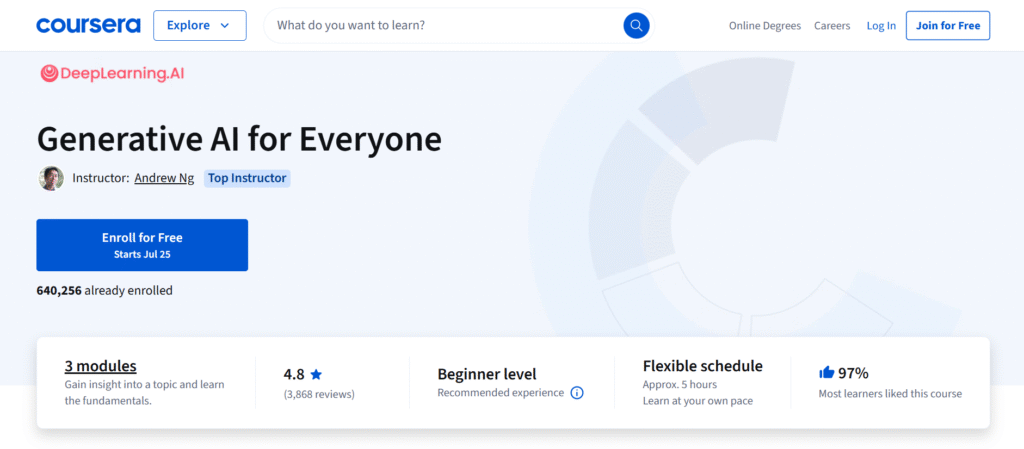
The Takeaway: This course provides the shared language for cross-functional teams to build great AI products together.
Hugging Face is the “GitHub of AI”—the undisputed center of the open-source AI universe. Mastering it is non-negotiable for any builder. It includes the Hub (900k+ models), the transformers library for LLMs, and the diffusers library for image/video models.
Best For: AI engineers and developers who want to build real applications with open-source models.
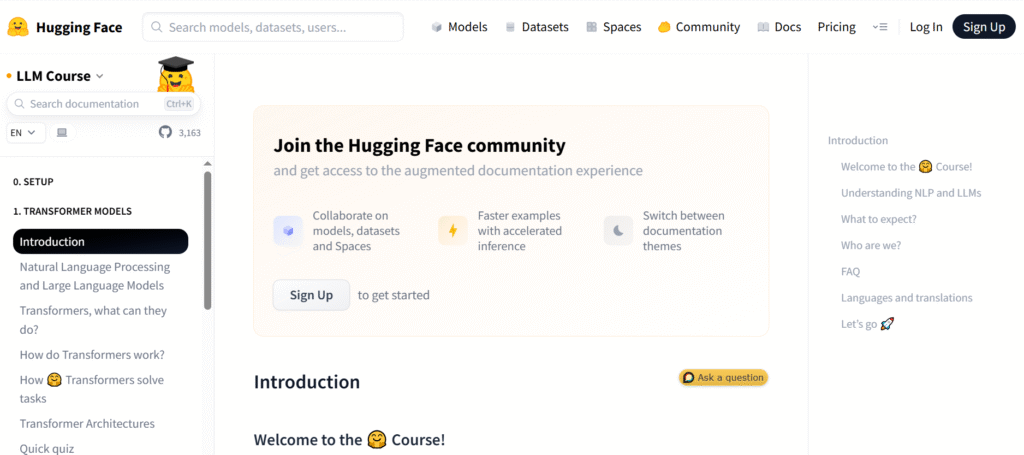
The Takeaway: Proficiency with Hugging Face is the core competency that bridges AI theory and practice.
This 2024 bestseller embodies the principle: “What I cannot create, I do not understand.” It guides you, line by line, through building your own GPT-style LLM from scratch using Python and PyTorch. You’ll code everything from data tokenization to the self-attention mechanism.
Best For: Developers who aren’t satisfied with black-box APIs and want to truly understand the mechanics of the Transformer architecture.
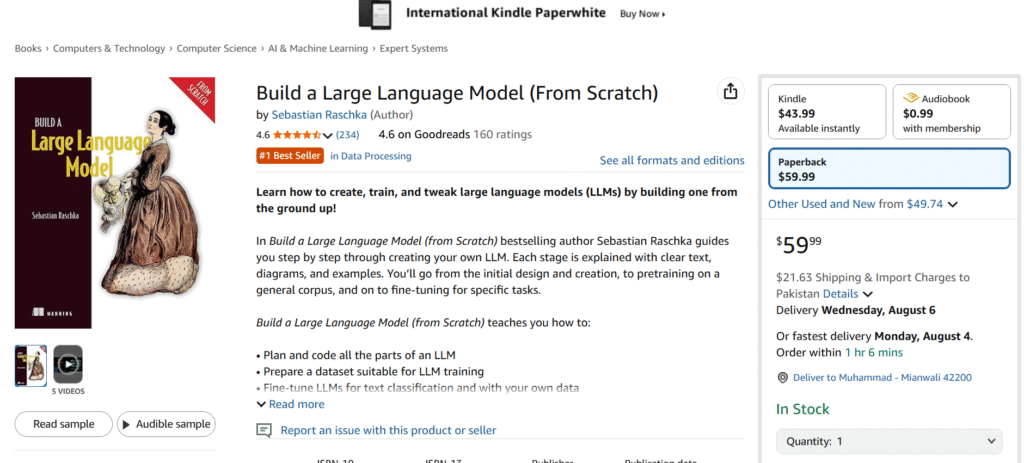
The Takeaway: This book gives you the first-principles knowledge needed to debug, optimize, and innovate on top of LLMs.
To see where GenAI is heading, you follow the labs defining the future. The OpenAI blog is a primary source for breakthroughs, especially in agentic AI. Recent posts on their “ChatGPT Agent” and o-Series reasoning models are a glimpse into tomorrow’s technology.
Best For: All AI professionals—from engineers to strategists—who need to stay ahead of the curve.
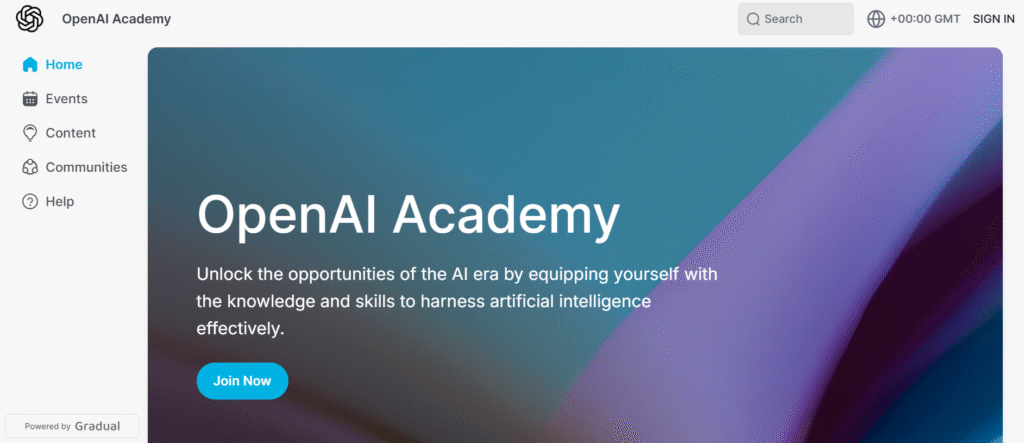
The Takeaway: Following this blog is the closest you can get to reading tomorrow’s tech news today, allowing you to align your skills for what’s next.
This living document on arXiv, continuously updated, is an academic powerhouse. It’s a structured encyclopedia of the entire LLM field, systematically covering everything from Transformer architectures to advanced prompting strategies (Chain-of-Thought) and evaluation benchmarks.
Best For: Researchers, graduate students, and practitioners seeking a rigorous, systematic understanding of the theory.
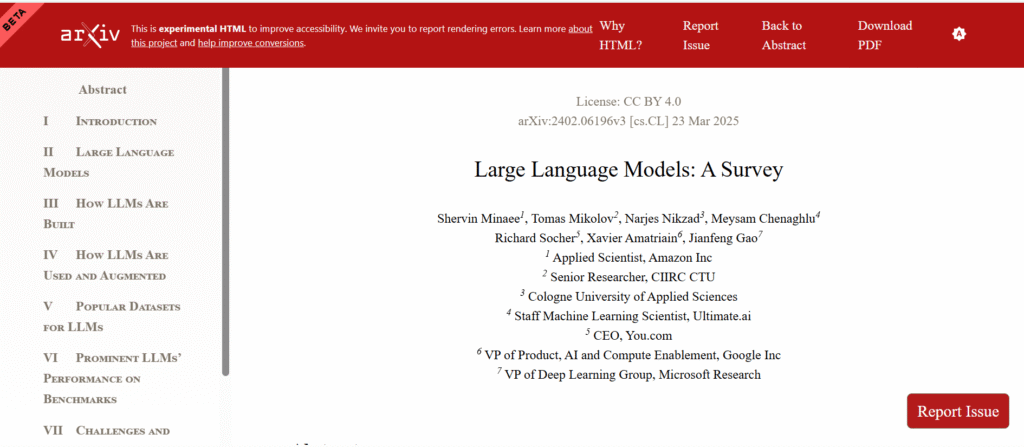
The Takeaway: This paper provides the theoretical depth needed to critique and build upon new research, ensuring your career has long-term relevance.
This Coursera program is designed to forge job-ready AI engineers. It provides a complete learning path, from Python and Flask fundamentals to building and deploying full-stack GenAI apps. The hands-on projects are the star: you’ll build a RAG chatbot, an image captioning app, and more using tools like LangChain and PyTorch.
Best For: Aspiring AI engineers who want a structured, project-based path to a new career.
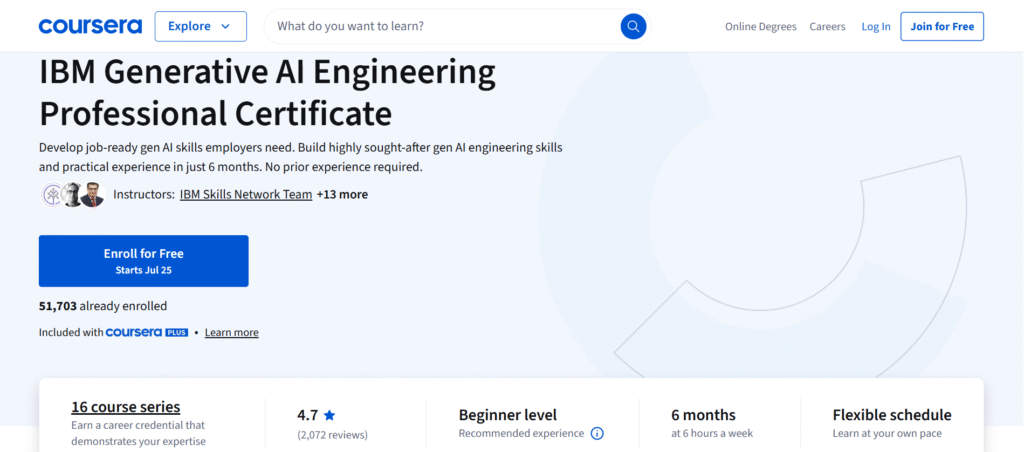
The Takeaway: This program teaches the full-stack discipline needed to build robust, deployable products—exactly what employers are looking for.
In a field this fast, even the newest courses have knowledge gaps. Personalized mentorship is the ultimate tool for accelerating your growth. A platform like mentorhelp.online connects you with vetted industry experts who are actively building and deploying AI today.
Best For: Any serious learner, from beginner to advanced, who wants to overcome roadblocks faster, get expert project feedback, and receive tailored career advice.
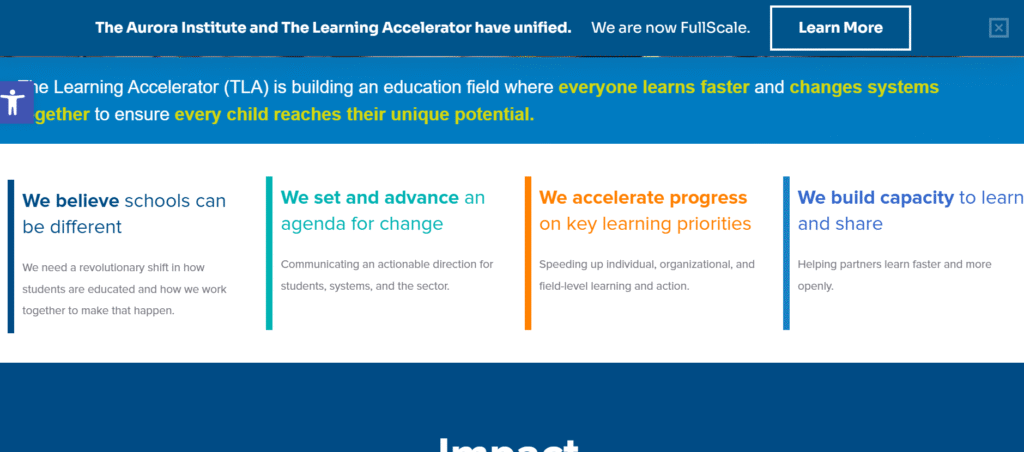
The Takeaway: A great mentor is the catalyst that turns knowledge into wisdom, saving you months of wasted effort and helping you build a thriving career.
transformers library and commercial APIs (OpenAI, Anthropic).1: Do I need a PhD or advanced math to get a job in GenAI?
No. For the vast majority of AI engineering roles, practical skills are far more valuable than formal credentials. Companies desperately need skilled builders who can apply, fine-tune, and deploy existing models. A strong command of Python, software engineering best practices, and a conceptual grasp of ML are the keys.
2: Is prompt engineering still a valuable skill in 2025?
Yes, but it has evolved. It’s no longer about simple “tricks.” Modern prompt engineering is a discipline of system design. It involves crafting detailed instructions for AI agents, structuring context for advanced RAG systems, and creating high-quality datasets for instruction fine-tuning. It’s a core skill for directing AI behavior.
3: Should I learn LLMs or image generation first?
It depends on your career goals. LLMs are more versatile and power the majority of enterprise applications (chatbots, data analysis, agents). Start there for a general AI engineer role. Diffusion models for images/video are more specialized. Master those if your passion lies in creative industries, marketing, or game development.
Mastering Generative AI is a challenge, but it’s entirely achievable with a strategic approach. The resources in this guide provide a clear path to becoming a highly competent AI engineer who can do more than just use AI tools—you can build them.
The most exciting frontier is no longer just using what others have built. It’s becoming an architect of intelligence yourself. The best time to start was last year. The second-best time is today.